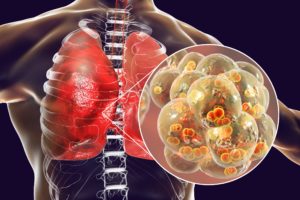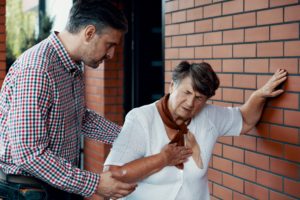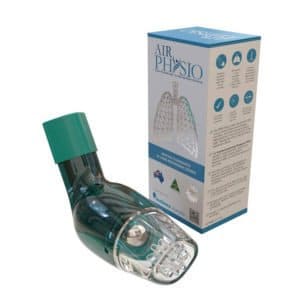Positive Expiratory Pressure Therapy: What is it, and How Does It Work?
Positive Expiratory Pressure Therapy: What is it, and How Does It Work?

How OPEP Therapy Works
OPEP therapy promotes airway clearance during active air exhalation. Forceful exhalation through an OPEP device generates oscillations that loosen mucus build-up. Moreover, the accelerated expiratory airflow supports efficient mucus expectoration through coughing and/or swallowing naturally. OPEP helps maintain and restore lung function and capacity by removing secretions that obstruct the airways and by allowing dynamic lung expansion for better oxygen and carbon dioxide (O2-CO2) gas exchange.
Benefits of OPEP Therapy

OPEP therapy can improve the effectiveness of prescribed medication that open up constricted airways, such as inhalers. Reducing the mucus layer in the airways by OPEP can lead to a better drug distribution and absorption. As the drug becomes more effective, less of it may be used, making it more cost effective, while improving treatment.

OPEP therapy can help children and adults with asthma by reducing the frequency of night time attacks and improving the quality sleep. Those with seasonal allergies have found relief from wheezing and from asthma symptoms by using OPEP.
However, OPEP therapy is not limited to patient use. Athletes may also greatly benefit from OPEP therapy because it can increase their overall performance during training and competitions. OPEP improves lung capacity, reduces exercise-mediated breathlessness, increases exercise tolerance, and speeds up recovery after working out.
Recommendation

The AirPhysio promotes efficient breathing and healthier lungs, resulting in reduced health-related stress and anxiety, and better quality of life.
